A lot of teacher-authors read my WordDreams blog. In this monthly column, I share the most popular post from the past month:
What Should You Know About Interactive Storytelling?
Here’s what I cover:
- What is it?
- How can writers use it?
- Advantages
- Disadvantages
What is interactive storytelling
Interactive storytelling is a growing trend that allows readers to actively participate in shaping the narrative. With advancements in augmented and virtual reality, stories are no longer confined to the pages of a book. Authors can provide immersive experiences and create narratives that respond to reader choices.
Interactive storytelling allows the audience to actively shape the story rather than passively consume it. Unlike traditional storytelling with a fixed plot, interactive stories let users influence the direction, outcomes, and details through their choices and input. It blends creativity with technology, making each telling unique. 81% of marketers agree interactive content grabs attention more effectively and 66% admit it increases audience engagement. I can attest to this popularity. As a teacher, I occasionally asked students to choose from among several story endings or create their own. A good example is Mission USA, a website that uses interactive storytelling to teach historic events such as the American Revolution, Civil Rights, the Great Depression, and more:

Students click into one of the stories and are asked to make decisions similar to those made during that time period and then experience the consequences of their choices–whether the Loyalists or Tories won, how a family survived (or didn’t) the Great Depression, or something else. Here’s a video to explain it:
Another example many will remember is Oregon Trail where participants were expected to stock their Conestoga wagon to head to the Oregon territories (or California). Along the way, they made decisions such as whether to purchase mules vs. oxen, how to ford a river, how to cure diseases and injuries, and more. Their selections ultimately determined if they survived.
How can writers use interactive storytelling
The current move to interactive storytelling is driven by a growing desire among readers to have agency in the stories they engage with. Netflix dropped the words into the popular lexicon with its 2018 science fiction drama Black Mirror: Bandersnatch. In that movie, viewers chose from a variety of endings.
Writers can create their own story in this style with digital platforms like Twine and Ink and publish them on Kindle and Patreon as “interactive novellas,” sometimes with polls for fans to steer the next chapter. Here’s an example:

Clicking the above image takes you to a video-like chapter story that you scroll through like a PDF with sound and movement. Flipbooks are also used to create interactive storytelling. Check out Kindlepreneur’s article here. To find these stories on Kindle, just type “interactive novel” into Amazon’s search bar.
Advantages
Interactive storytelling is a great way to draw in new readers and addict current readers to your content.
Disadvantages
Interactive stories are not easily adapted to traditional readers.
***I’ll close with one–well, two words: Generative AI. The barnstorming, over-the-top arrival of smart AI like Grok, ChatGPT, and DeepSeek make it much easier to incorporate multimedia quickly and easily into what formerly was simply text. My conclusion: Get to now interactive storytelling. It may be the only way we read in the future.
–Image credit Deposit PhotosHere’s the sign-up link if the image above doesn’t work:
Jacqui Murray has been teaching K-18 technology for 30 years. She is the editor/author of over a hundred tech ed resources including a K-12 technology curriculum, K-8 keyboard curriculum, K-8 Digital Citizenship curriculum. She is an adjunct professor in tech ed, Master Teacher, webmaster for four blogs, CSTA presentation reviewer, freelance journalist on tech ed topics, contributor to NEA Today, and author of the tech thrillers, To Hunt a Sub and Twenty-four Days. You can find her resources at Structured Learning.






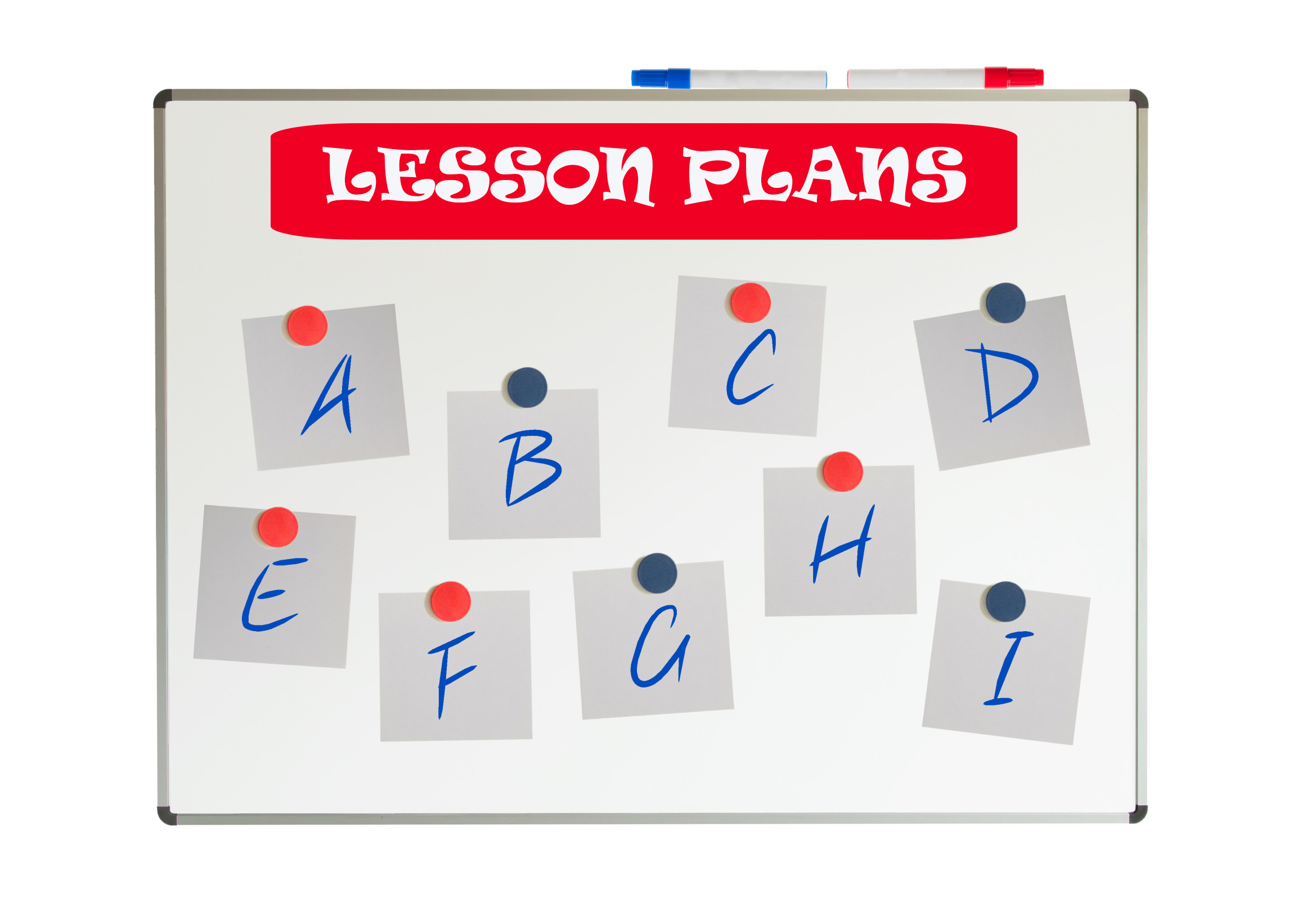
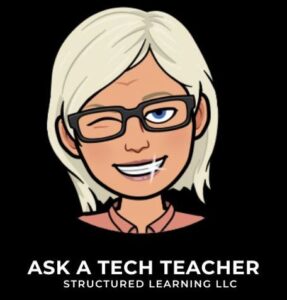














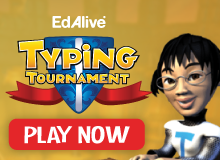
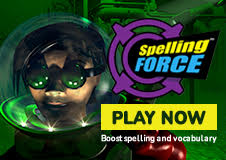








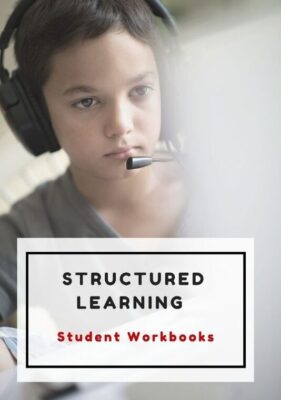






Great article! Your insights are very valuable, and the way you presented the information made it easy to understand. I appreciate the time and effort you put into researching and writing this. It’s a great resource for anyone interested in this topic.
Thank you!